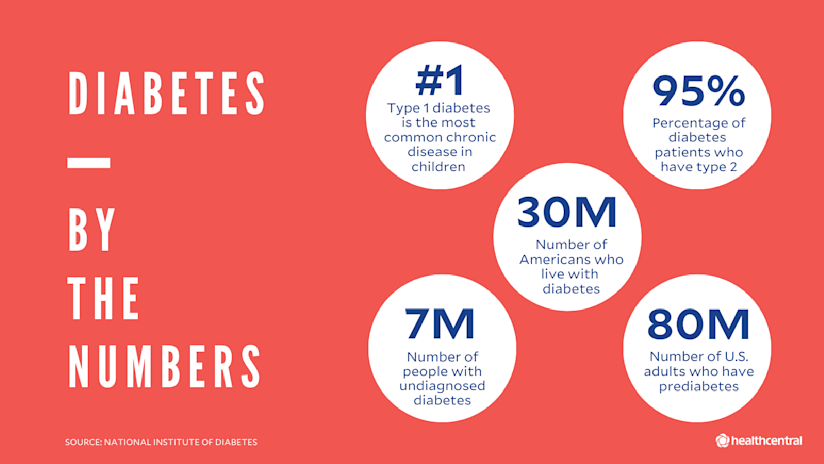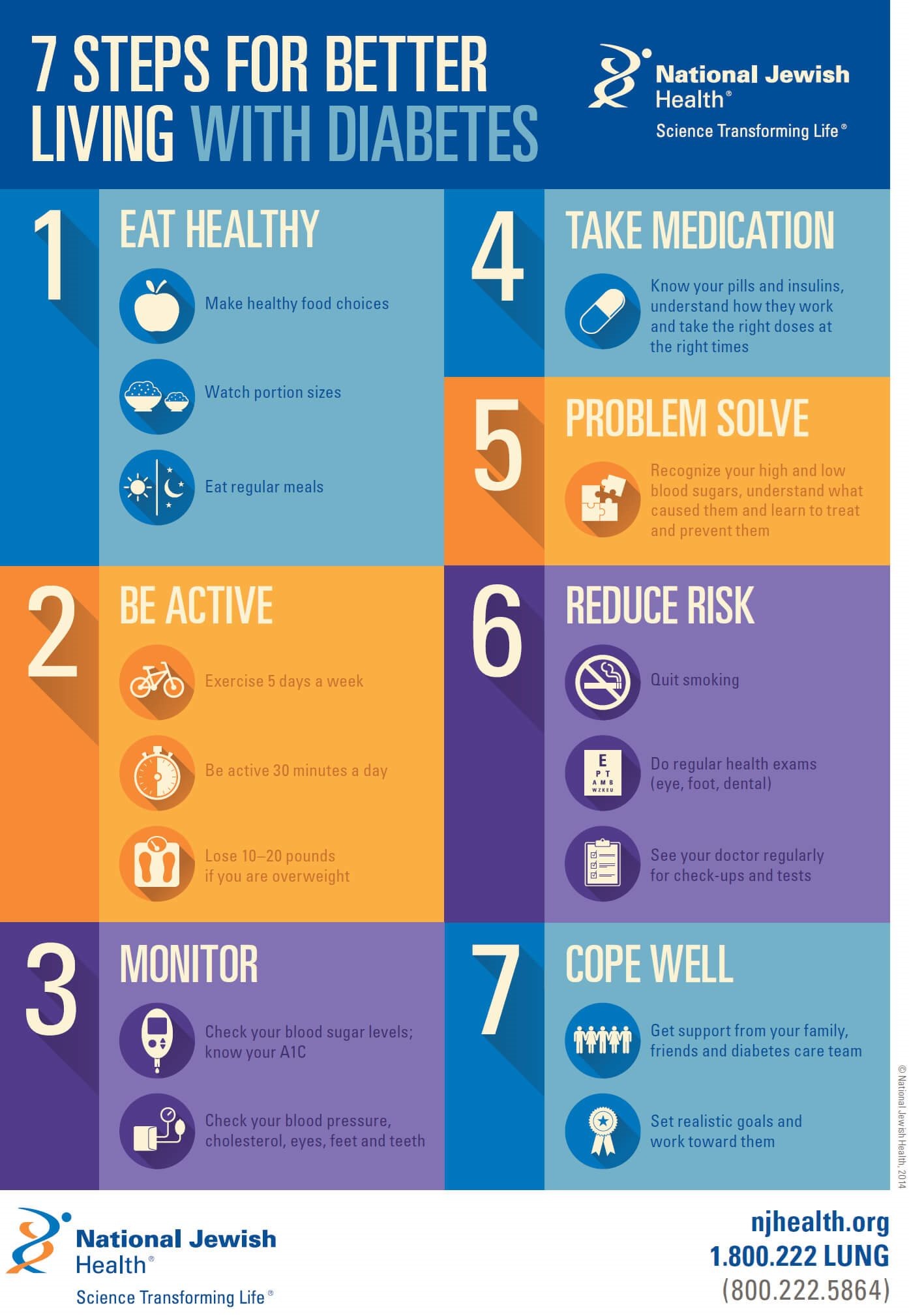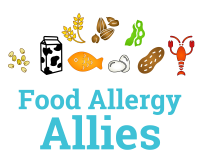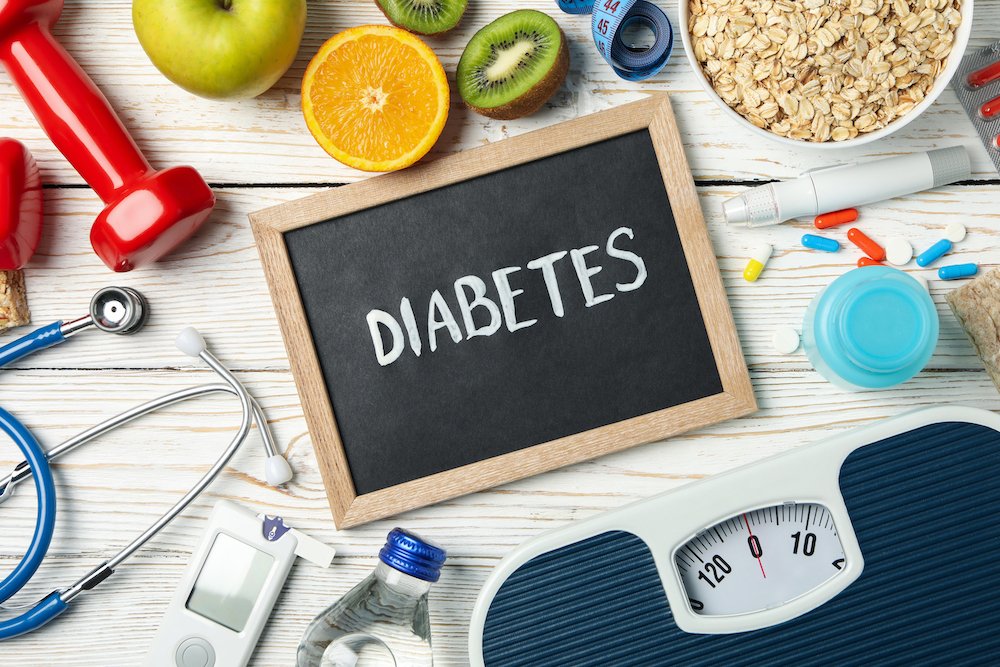What is diabetes?
Diabetes is a condition that develops when the body can no longer produce insulin or when the body cannot properly use the insulin it produces. Insulin is a special hormone made by the pancreas (an organ in the body) that allow the body to process glucose, a sugar. When the body cannot make or use insulin, then it has trouble regulating blood sugar levels. High or low blood sugar levels can result in organ failure, damage to the body, and other significant conditions. The categories of diabetes include Type 1, Type 2, and Gestational diabetes (GMD)
How common is diabetes?
Over 30 million Americans, or about 1 in every 10 Americans, have diabetes. About 84 million adults have prediabetes (one third of the entire US adult population!).

Is diabetes life threatening?
Diabetes can lead to many life threatening complications including heart disease, nerve damage, blindness, foot damage, kidney damage, Alzheimer’s disease, and depression. A diabetic coma is a potentially deadly complication involving a loss of consciousness that results from dangerously high (hyperglycemia) or low (hypoglycemia) blood sugar. A diabetic coma is a medical emergency that should be addressed with an immediate call to 911.
What is the difference between Type 1 and Type 2 Diabetes?
| Type 1 | Type 2 |
|---|---|
| Most common in children and teens | Most common in adults and seniors |
| The body does not produce insulin | The body does produce insulin, but it cannot use it properly |
| 10% of people with diabetes have type 1 diabetes | 90% of people with diabetes have type 2 diabetes |
| Caused by an autoimmune reaction in which the body attacks the cells that produce insulin, rendering them unable to produce insulin | Caused by an insulin resistance where the body does not properly use insulin. Insulin resistance is commonly caused by obesity and poor diets |
| Treatment includes daily injections of insulin | Treatment includes a healthy diet, exercise, weight loss, and insulin |
| Genetic | Develops over time, can sometimes be prevented |
| Signs of type 1 diabetes include: Increased thirst Frequent urination Unexplained weight loss Fatigue and weakness Blurred vision Pale skin Shakiness | Signs of type 2 diabetes include: Excessive thirst Frequent urination Tingling or numbness in your hands or feet Fatigue Blurry vision Increased hunger Itchy skin |
What is the treatment for diabetes?
Diabetes has no cure. It requires daily treatment including insulin shots, blood sugar testing, and/or oral medication. People living with diabetes have to make healthy meal choices and avoid excess sugar, sodium, fat, and carbs. Type 2 diabetes can also be helped by exercise and weight loss. However, it is important to understand that diabetes is not a trendy way to eat healthy and lose weight. Diabetes is a serious medical condition that REQUIRES a special, healthy diet. Just like a food allergy, if a diabetic consumes “unsafe foods” that result in very high or very low blood pressure, the consequences can be deadly.

Article Sources:
https://www.cdc.gov/diabetes/library/features/diabetes-stat-report.html
https://www.lifelinescreening.com/health-education/diabetes/type-1-type-2-diabetes?sourcecd=WNAT003

